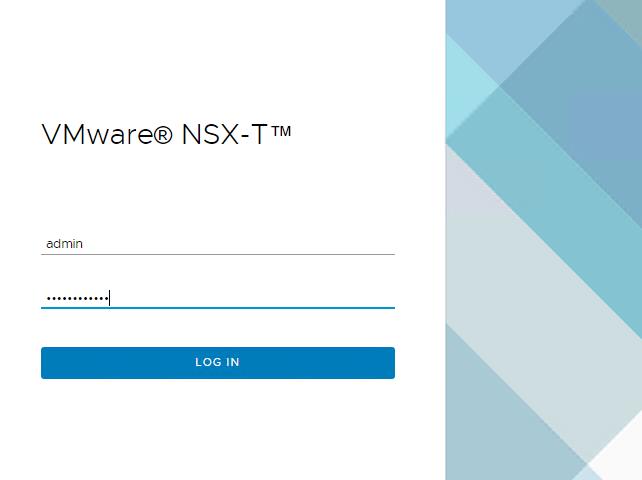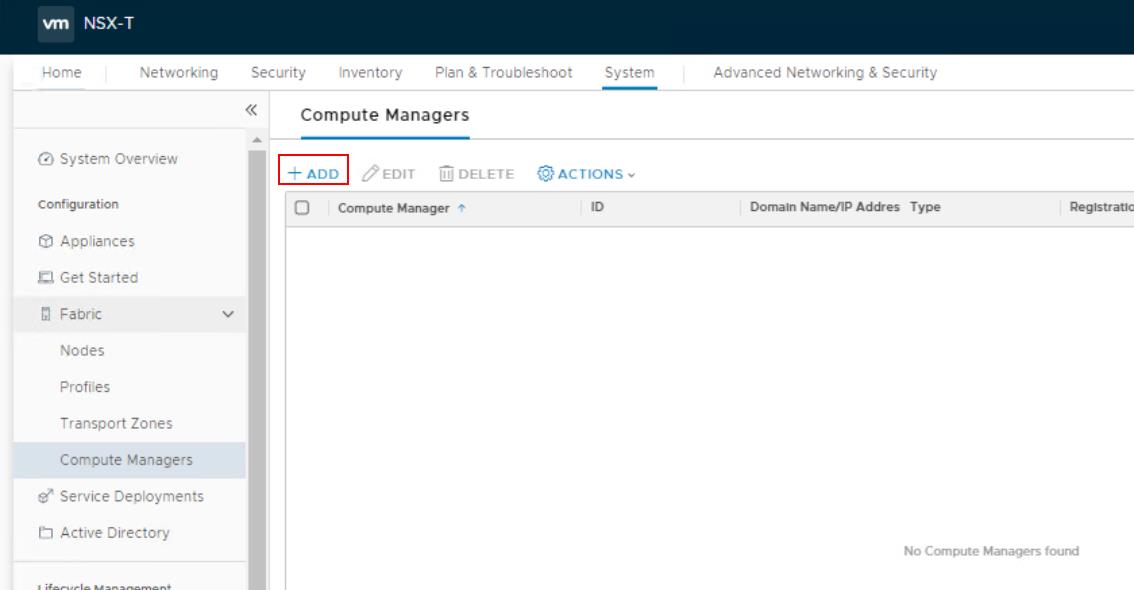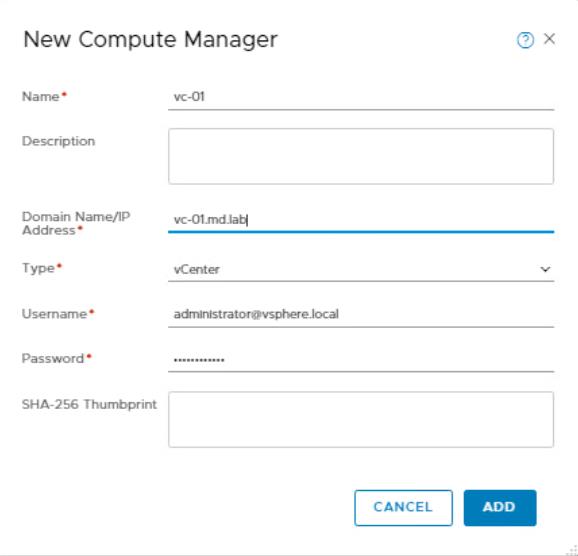As we discussed in one of my articles difference between NSX-V and NSX-T, There are a lot of differences between NSX-V and NSX-T. NSX-V is designed only for vSphere and it has a strong dependency on the vSphere and the vCenter server. All the configuration and management of NSX-V needs to be performed from Network and Security plug-in via the vSphere client. When it comes to NSX-T Datacenter, NSX-T is designed to support the multi-hypervisor platform such as ESXi and KVM. NSX-T does have any dependency on the vCenter server. NSX-T Datacenter has its own client login. Configuration and management of NSX-T can be performed via a separate URL and no dependency on the vSphere client. There is also no 1:1 mapping between NSX to vCenter server, unlike NSX-V. The question would have arrived in your mind then why do you need to add the vCenter server as NSX-T Compute manager? and what is Compute Manager? and what will be the advantages of adding the vCenter server as an NSX-T Compute manager? Let me answer all these questions in this article.
What is the NSX-T Compute Manager?
An NSX-T Compute manager in our case vCenter Server is the centralized application that manages the resources such as ESXi hosts and virtual machines via a single pane of glass.
As the vCenter server holds all the information about the virtual inventory, NSX-T Data Center polls compute managers to find out about changes such as, the addition or removal of hosts or VMs and updates its inventory accordingly.
It is not mandatory to the vCenter server as NSX-T compute Manager and this is an optional one because NSX-T Data Center gets the inventory information even without a Compute Manager, such as standalone hosts and Virtual machines.
What are the key advantages of adding vCenter Server as NSX-T Compute Manager?
- Allows you to deploy and configure the additional NSX-T Manager and Controller (NSX-T unified appliance) into the ESXi hosts from NSX-T Manager client instead of manually deploying NSX-T Manager OVF and configures it to be part of the cluster
- Allows you to deploy the NSX-T edge nodes directly into the ESXI hosts via NSX-T Manager client instead of manually deploying Edge nodes using OVF
- Allows you to automatically install NSX-T components into the ESXi hosts and configure them as Transport nodes
How to Add vCenter Server as NSX-T Compute Manager?
Login to the NSX-T Manager UI “https://<name-of-the nsxt-manager>” using admin credentials
In the NSX-T manager UI home page -> Click on System -> Expand Fabric -> Compute Managers -> Click on “+Add”
On the New Compute Manager window, enter the following details of the vCenter server to add as compute Managers and click on Add
- Name (vCenter Server Name)
- Description(Enter the description for the compute Manager)
- Domain Name/IP address (Enter the vCenter server FQDN or IP address)
- Type (Select vCenter server from the drop-down)
- Username (Enter the administrator username for the vCenter server)
- Password (Enter the password for the administrator username specified)
- SHA-256 Thumbprint (Optional: vCenter Server Thumbprint)
Click on “Add” to use the vCenter server provided thumbprint.
Once the vCenter server is added as Compute Manager, Validate the registration status is “Registered” and Connection status is “UP”
That’ it. we have added the vCenter server as NSX-T Compute Manager. Now we will be able to deploy the additional NSX-T Manager appliance and Edge nodes directly into the ESXi hosts. In the upcoming posts, we will discuss deploying the additional NSX-T Manager appliances and create the NSX-T Manager cluster. I hope this is informative for you. Thanks for Reading!!!. Be social and share it in social media, if you feel worth sharing it.






